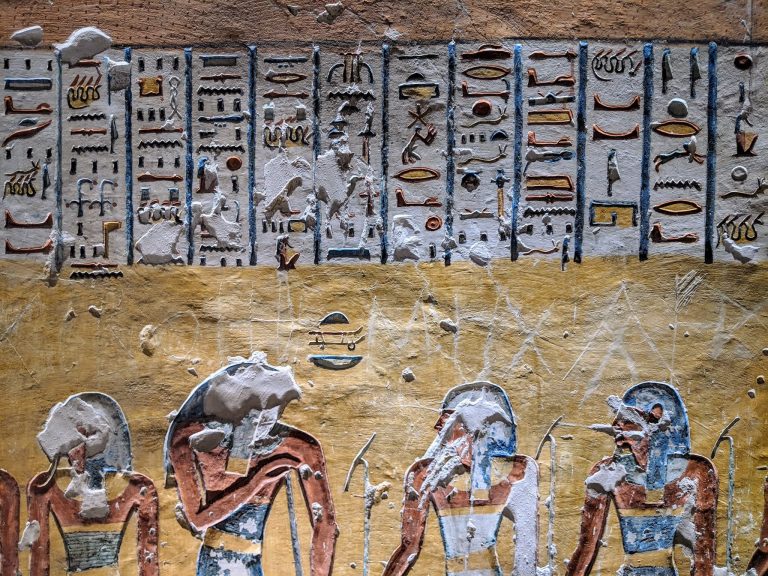3 Most Common Ways of Saying Good in Spanish
If you ever travel through Spain or Latin America, you should be expecting some basic Spanish words that will come up in most conversations: bueno (“good”) is one of them! This adjective means exactly the opposite of malo (“bad”), and is used to express a positive quality.
Just as in English we have the adverb “well” and the adjective “good”, in Spanish we have the adverb bien and the adjective bueno.
The two words bien and bueno are similar and have similar meanings, but they are not used in the same contexts.
Further, “bueno” has some variations: buena, buenos, buenas and buen. So there are many words that look quite similar… what do they all mean?
Read on for a detailed guide on how to say “good” in Spanish.
Good in Spanish at a Glance
Contents
The Most Common Ways to Say Good in Spanish

Bueno and Buena
First, let’s take a look at the word bueno .
Bueno (“good”) is an adjective. Unlike adverbs, adjectives in Spanish are variable; that is, they will change according to gender and number. Therefore, as bueno designates the masculine singular, buena designates the feminine singular. Easy, right?
For plurals, you just need to add an s at the end of the word: the result is buenos for plural masculine and buenas for plural feminine.
These are some examples:
Spanish
- Beber agua es bueno para la salud.
- Esta sandía está muy buena.
- Los perros de Laura son buenos.
- Esa película tiene muy buenas críticas.
English
- Drinking water is good for your health.
- This watermelon is very good.
- Laura’s dogs are good.
- That movie has very good reviews.
Read next: 100 Must-Know Basic Spanish Words For Beginners (with Audio)
Buen
Wait a minute! What about buen ?
Sometimes, native Spanish speakers use this word: a shorthand for bueno that has exactly the same meaning. The difference is that, while bueno always comes after the noun, buen always comes before it.
Also, keep in mind that buen can only be used when it accompanies a masculine noun. Let’s see an example:
Spanish
- Hoy tuve un día bueno.
- Hoy tuve un buen día.
English
- Today I had a good day.
- Today I had a good day
In some occasions, placing the adjective before the noun in Spanish will slightly change its meaning, as in the example below:
Spanish
- Tengo un amigo bueno.
- Tengo un buen amigo.
English
- I have a friend that is good – i.e. a good person.
- I have a good friend – i.e. a close friend.
Special Note: In some contexts, buen (and buena) can also be used as a synonym for “big”. So, you shouldn’t be surprised if someone says: ¡Se viene un buen chaparrón! (“A big storm is coming!”) or Me comí un buen plato de pasta (“I ate a big plate of pasta”).
Read next: 5 Useful Ways to Say Have a Good Day in Spanish
Bien vs Bueno
Now, let’s talk about the classic question that comes up with many beginner Spanish students. When should you use bien vs bueno ?
As we’ve seen, bueno is an adjective, meaning “good”. In contrast bien is an adverb and it means “well”. We see this confusion happen a lot even in English, especially colloquially. Using good vs well is a common gramatical error. The same mixups can happen in Spanish.
Adverbs are words that don’t change according to number and gender. Adverbs are used to describe verbs, adjectives or other adverbs such as in these examples:
| Usage of an adverb | Spanish | English |
|---|---|---|
| Modifying a Verb | Juan baila bien. Hablas muy bien el español. | Juan dances well. You speak Spanish very well. |
| Modifying an Adjective | Esta empanada está bien rica. | This empanada is very tasty |
| Modifying another Adverb | Vivo bien cerca de tu casa | I live very close to your house |
Are you more of an audio learner? Check out this short video explaining the differences between bueno, buen, and bien!
Read next: 7 Lucky Ways of Saying Good Luck in Spanish
Common Expressions using Bien
Finally, you can say the word bien in a lot of contexts. For example, you can say phrases like ¡Bien hecho! (“Well done!) or ¡Bien por ti! (“Good for you!”).
How to say “I’m doing well” or “I’m good” in Spanish
When someone asks you ¿Cómo estás? (“How are you?”). The most common answer is Estoy bien (“I’m well”), or simply Bien ““Well”).
Generally, the answer is usually accompanied by a second question: ¿Y tú? (“And you?”). Here is are an example:
Spanish
- ¡Marcos, tanto tiempo! ¿Cómo estás?
- ¡Hola, Laura! Bien, gracias.
English
- Marcos, it’s been a long time! How are you?
- Hi Laura. I’m fine, thanks.
What not to say when someone asks you ¿Cómo estás?
In English, the common answer to this question will be “I’m doing well”, but, you wouldn’t use this direct translation in Spanish.The direct translation is yo estoy haciendo bien, but it isn’t something that Spanish speakers naturally say.
One of the most common errors beginner Spanish speakers make is responding by saying “Estoy bueno” as this is a direct translation to the common English reply “I’m good”. However you should never answer Estoy bueno if someone asks you how you are. Estoy bueno actually means “I’m hot (good-looking)”. Isn’t that an odd response to someone asking you how you are? (Even if it’s accurate in your case!)
Fortunately, Spanish speakers are very friendly and forgiving. Most people will know what you actually meant to say and may let it slide or correct you if they want to be helpful. But it is always good to not send the wrong message if that isn’t your intention!
How to say “very well” and “very good” in Spanish
We have already seen how to say good in Spanish and how to say well in Spanish. But sometimes, just saying bien is not enough to express how good you feel. In those cases, you can use other expressions in Spanish, such as Muy bien (“Very well”) or even ¡Súper bien! (“Super well!”).
These words can also be used next to the adjective bueno. This is an example:
Spanish
- El libro está muy bueno!
- Juan es un muy buen estudiante.
- Me siento muy bien.
English
- This book is very good!
- Juan is a very good student.
- I am feeling very good (well).
Other ways to say “I’m very well” in Spanish
Spanish is a complex language, but that also means that there are many ways to use it. You don’t have to settle with the simplest word: there are plenty of options!
Depending on the context, you can use some variations to say “I’m very well” in Spanish. For example, if someone asks you how you are, here are some other ways you can respond.
| Spanish | English |
|---|---|
| ¡Genial! | Great! |
| ¡Excelente! | Excellent! |
| ¡Fantástico! | Fantastic! |
| No podría estar major. | I couldn’t be better |
| Estoy mejor que nunca. | I’m better than ever. |
Conclusion
As you have learned, the word bien is used in many situations, and it works like an adverb.
For its part, bueno (and its variations buena, buenos, buenas and buen) is an adjective that accompanies nouns, and you can use it as a positive qualifier. Both words have a similar meaning, but you have to use them in different contexts.
The important thing is that, if you are walking through Madrid, or perhaps Bogotá, Buenos Aires or Mexico City, and someone asks you how you are, now you know how to answer!






